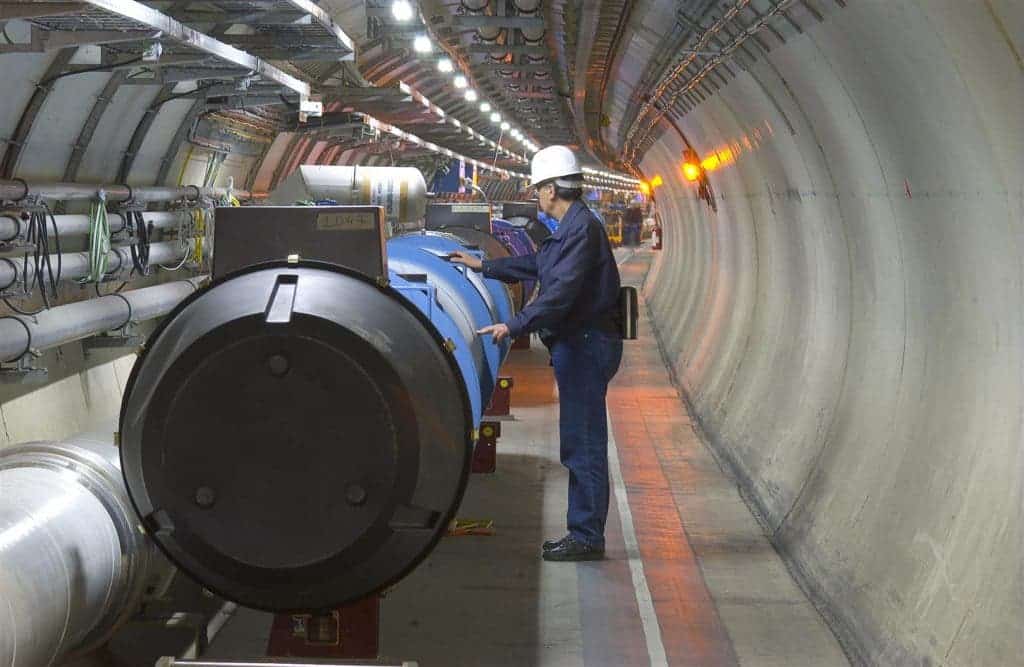The world’s largest particle accelerator (LHC) is taking a well-deserved break — but only as a preparation for greater things to come. Unlike that time in 2016 when a weasel chewed through some wires, this time it’s all going according to plan: it’s not a malfunction, but a preparation for an upgrade.

When you switch your computer on and off, it does it right away. If you need some software updates, at most you’d need a few minutes for them to be installed. But if your computer operates a 27-kilometer groundbreaking particle accelerator, things aren’t nearly as simple. Scientists at the European Organization for Nuclear Research (CERN) will have to spend the next two years performing maintenance work and improving its capabilities.
The particle collisions that already took place at the LHC produced a tremendous amount of data, with more than 300 petabytes (300 million gigabytes) being stored in CERN’s data center tape libraries. As a recent CERN press release explains, that’s “the equivalent of 1000 years of 24/7 video streaming.” So far, this data has already produced impressive results, especially being able to confirm the existence of the elusive Higgs Boson.
“In addition to many other beautiful results, over the past few years the LHC experiments have made tremendous progress in the understanding of the properties of the Higgs boson,” adds Fabiola Gianotti, CERN Director-General. “The Higgs boson is a special particle, very different from the other elementary particles observed so far; its properties may give us useful indications about physics beyond the Standard Model.”
The next run of experiments will produce collisions at even higher energies. In order to achieve this, several components of the accelerator chain (injectors) that feed the LHC with protons will be renewed to produce more intense beams. The detectors (which monitor the effects of the particle collisions) and several other parts will also be upgraded, and a software update will also be required to fit these changes.
“The second run of the LHC has been impressive, as we could deliver well beyond our objectives and expectations, producing five times more data than during the first run, at the unprecedented energy of 13 TeV [terra-electronVolt],” says Frédérick Bordry, CERN Director for Accelerators and Technology. “With this second long shutdown starting now, we will prepare the machine for even more collisions at the design energy of 14 TeV.”
In and of itself, 14 TeV is not that remarkable; for comparison, 1 TeV is the energy required for a mosquito to fly — but instead of a mosquito, all that energy is concentrated into a single particle collision, trillions and trillions of times smaller than a mosquito. More intense beams will allow CERN scientists to smash particles together harder than ever before, which will unlock the “next level” of the LHC’s capacity, and unleash a new set of experiments.
All of this will take just over two years — if everything goes according to plan, of course.




